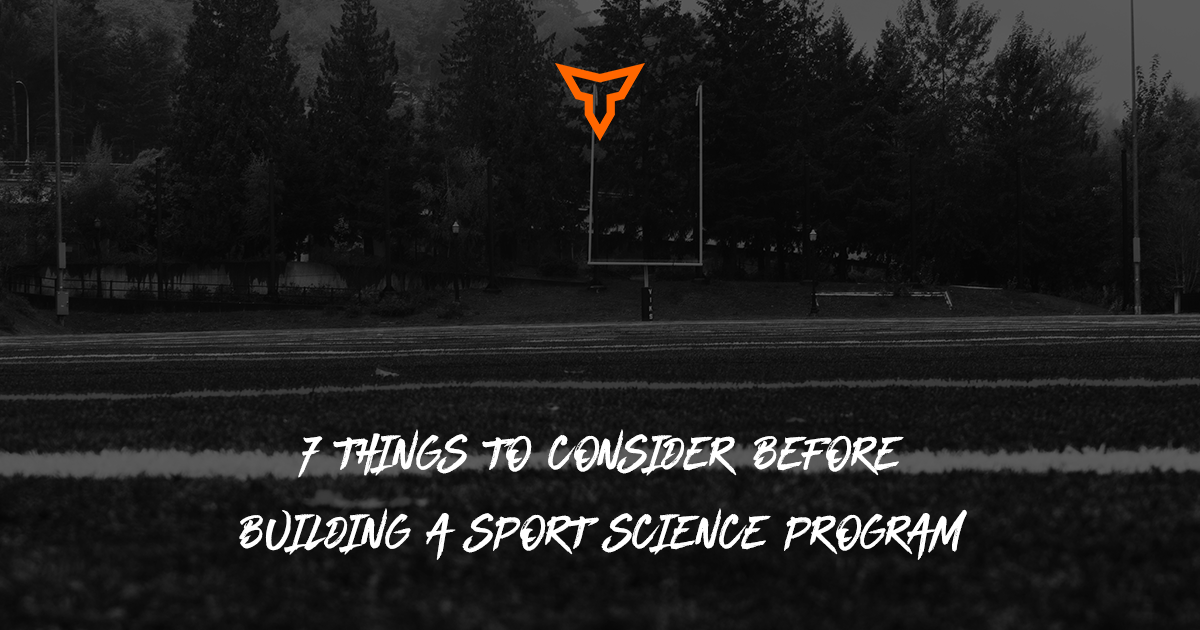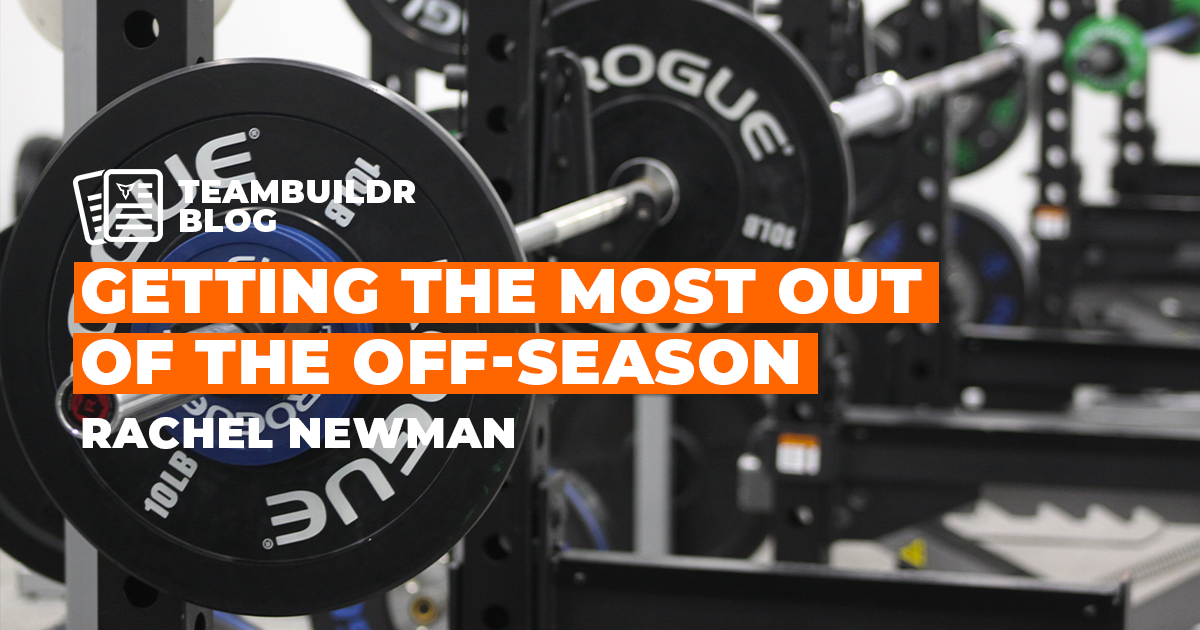Off-Season training should be approached as a strength coaches time to shine. Whether it is a fall team with a full semester of training ahead, or a winter team just rolling in after a long in-season phase, this time of year can be grueling on both athlete and coach alike. It is important to have a plan laid out and stick to it. Equally important is to make sure all parties involved know what the plan is and have had some say in its development.
This process starts at the beginning of the year and is an ongoing process as I’m sure it is for many coaches. Communication with coaches is an absolute must and is a major key to developing a successful off-season training program. Asking your coaches what they saw, and did or did not like, during the season can give you great insight on what areas to focus on moving forward. Along with meeting with coaches, you need to meet and communicate with your team captains/leaders. Explaining the goals of your various training blocks is a must if you’re going to develop buy-in over a potentially long off-season. They can act as buffers and help the rest of the team understand the “what’s” and “why’s” of off-season athletic training.
Research(ing) is a never-ending part of being a coach of the iron or a sport. Staying on top of training trends and the research that should come with them is a must. After communicating with the sports coaches, you may have ideas of how to achieve what they are asking. Or they may have researched a training idea they would like you to look into! That is part of the ongoing process of sharpening one’s craft, finding new methods of training that continually push the advancement of human performance. Part of the research is practicing newly researched methods. You need to know what your teams are going to potentially go through and where things could get a little hairy if not done correctly. This will only help keep your athletes focused and bought it if they know you practice what you preach!
Designing an off-season training program is something we like to think we are pros at. Don’t get me wrong there are tons of coaches out there that are stellar at program design. This is an area that is definitely more art than an exact science and is an area that I am still working to improve daily. Along with continually pushing the bounds of human performance come some of the uglier sides of, fatigue, missed lifts, or worse case an injury. This is part of trying to reach new benchmarks in strength and athletic performance. To help ensure I help with team buy-in, I meet with team captains and give them a say in the days and times we train. They know their schedules and course loads best so I let them have some say and how we layout the training program. This does require some educating, but that is what they are here for, right?
Education is one of those things that I feel is much more effective outside of the classroom. The iron is a great teacher and I know that phrase is very cliche but one that is tried and true. Being able to explain the why behind your training design is a must. Athletes will always ask “why are we doing (insert movement) instead of (insert insta-famous movement from arbitrary “influencer”)?” This is where you need to stick your guns and teach them the importance of the basics and their major role of ensuring a successful off-season phase. This may involve teaching them about movement progression or showing them that in 4-6 weeks you have a movement similar to the one they showed you on their social media. Educating your team is an ongoing open dialog where both coach and athlete have questions and input (to a certain degree).
The time has now come to implement the well thought out and prepared off-season training program. This is where everything will sail smooth or come to a screeching halt. But, this is part of training athletes of any level or age. By having your plan laid out and educating all those involved will make things that much smoother. They will see the structure, over time, and be more willing to follow a set plan versus something that was haphazardly thrown together. Part of this implementation is having multiple backs in the event of an unforeseen obstacle or change in any number of variables that comes with training competitive athletes.
A successful off-season is not always defined by the numbers at the end of the phase, although those are pretty awesome. More success can be taken from how a team comes together and pushes through things as a unit versus a conglomerate. Creating accountability amongst themselves and watching them build a new team culture is far more rewarding. The combination of the above keys will put you and your teams on the path to a great period of development in your continued pursuit of increased athletic performance!
Subscribe to our blog
Subscribe to receive the latest blog posts to your inbox every week.
Related posts

7 Things to Consider Before Building a Sport Science Program


